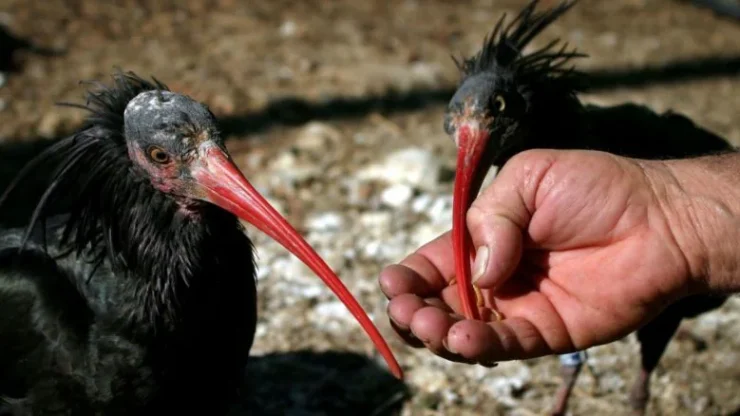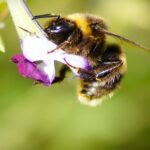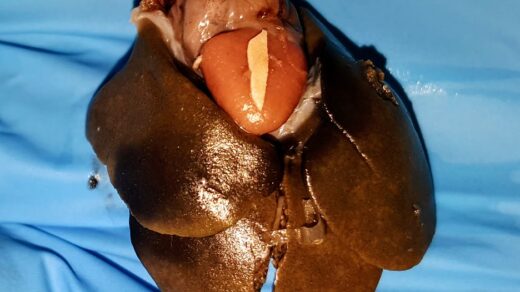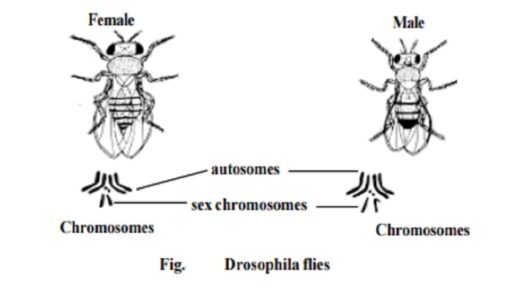Once migrating majestically over Europe, North Africa, and the Arabian Peninsula, it was the northern bald ibis (Geronticus eremita) whose slaughtering for sport and habitats lost during the 17th century brought it to the brink of extinction. Its striking black and fluorescent green plumage, bald red head, and curved beak have attracted the interests of conservationists. Thanks to prodigious effort over the last two decades, scientists were successful in reviving the species in Central Europe and retrained it to migrate.
A Story from Extinction to Reintroduction
Some Background History
The northern bald ibis has a great history dating thousands of years back. It was once widespread throughout the Mediterranean. It started disappearing from the region about 2000 BCE, most probably due to the effects of human activities and climatic changes. To the ancient Egyptians, the bird was a symbol of their culture. It is often presented in hieroglyphs and frequently engaged in religious worship. Human agriculture promoted the proper quality of the habitat of the bird, but it also increased pressure on the bird and therefore disappeared gradually over time.
Overhunting reduced the species to isolated areas of Central Europe by the 17th century; it was only in places like Morocco and Syria that animals were to be found. Historical evidence stretches its wider distribution: southern Spain and the Upper Adriatic, for instance. The history of the northern bald ibis extinction is a scalding example of how the negative activities of man can wipe out wildlife populations over time
Conservation Efforts
In 2002, a passionate team called the Waldrappteam, located in Austria, began an ambitious work of rescuing the northern bald ibis from its near end. With breeding and rewilding, the population has gradually increased from zero to nearly 300 birds. As such, their classification has changed from “critically endangered” to “endangered,” a first in conservation history.
Teaching Migration: The Role of Foster Parents
The Challenge of Migration
The northern bald ibis migration challenge is very challenging due to a number of significant factors that expose them to risks concerning survival and successful reintroduction back into the wild.
Loss of Instinctual Knowledge
The northern bald ibis was once found to cover parts of Europe, North Africa, and the Arabian Peninsula. Generally, the species had dwindled to near extinction by the 17th century, mainly due to heavy hunting and destruction of habitat. The reintroduction work of Waldrappteam has faced a principal challenge: birds do not have an instinctive knowledge about the migratory routes that they would receive from wild-born elders. Without such guides many released birds got lost and died rather than returning to more suitable wintering grounds, like Tuscany, Italy.
Illegal Hunting
Illegal hunting during the northern bald ibises’ migratory period is particularly risky, especially within the territories of Italy. Human-induced factors contribute to nearly 60% of the mortality rate for the reintroduced northern bald ibises. Illegal hunting is said to have caused approximately 30% of the mortality rates as established by forensic studies within the period from 2016 to 2022 in Italy.
This is the period when it is at its riskiest time as they migrate during autumn.
Effects of Climate Change
The climate change has also influenced the migratory seasons of the ibises. The birds have to cross the Alps after the season that they used to, with harsh weather conditions. Unavailable warm rising air currents called thermals make it hazardous for the birds to cross the Alps on long flights without risking exhaustion and high mortality during the migration.
Response Mechanisms
To overcome such challenges, the Waldrappteam has implemented new ways of doing things. They train juvenile ibises on routes using ultralight aircraft. It helps to teach what to fly as well as building trust among the birds and their human carers. Climate change impacts compelled the team to alter some routes, as exemplified by the most recent migrations that cover from Bavaria to southern Spain, amounting to approximately 2,800 kilometers (1,740 miles EN ).
Innovative Solutions
Scientists have become adoptive parents and flying instructors to train young ibises how to fly on pre-set routes on ultralight aircraft. This will not only teach the birds where to go but will also arm them with survival skills needed in flight.
New Migration Routes
Global warming elevates the temperatures and changes the weather pattern, a new challenge for migratory birds. Migrating northern bald ibises migrated a little later in the season, moving over the Alps in more adverse conditions without the warming lift feature they seek, called thermals. The Waldrappteam used this as an opportunity for a new migratory route when the northern bald ibises migrated in 2023 from Bavaria to southern Spain in Andalusia.
“The 2023 Migration Journey”
Presently, the distance is going to be approximately 2,800 kilometers (1,740 miles), some 300 kilometers longer than any previous year. Last week, a team of scientists led 36 birds into bright blue skies to favorable tailwinds from the Paterzell airfield in Bavaria, making them move faster. This new process increases their chances of survival but also enhances the birds’ resistance to climate change.
THE REVIVAL STRATEGY 🪶 🐦
The revival of the north bald ibis is truly a triumph of conservation: proof that, indeed, conservation pays and brains in thinking. Scientists are going back to teaching these beautiful birds how to migrate once more, thus restoring a lost species while adding flavor to our natural heritage. As climate change continues to challenge the very existence of wildlife across the globe, efforts like the ones undertaken by the Waldrappteam represent the very best hopes for endangered species everywhere. Further dedication and ingenuity may eventually see more success stories in conservation efforts as far afield as Europe and beyond.

















